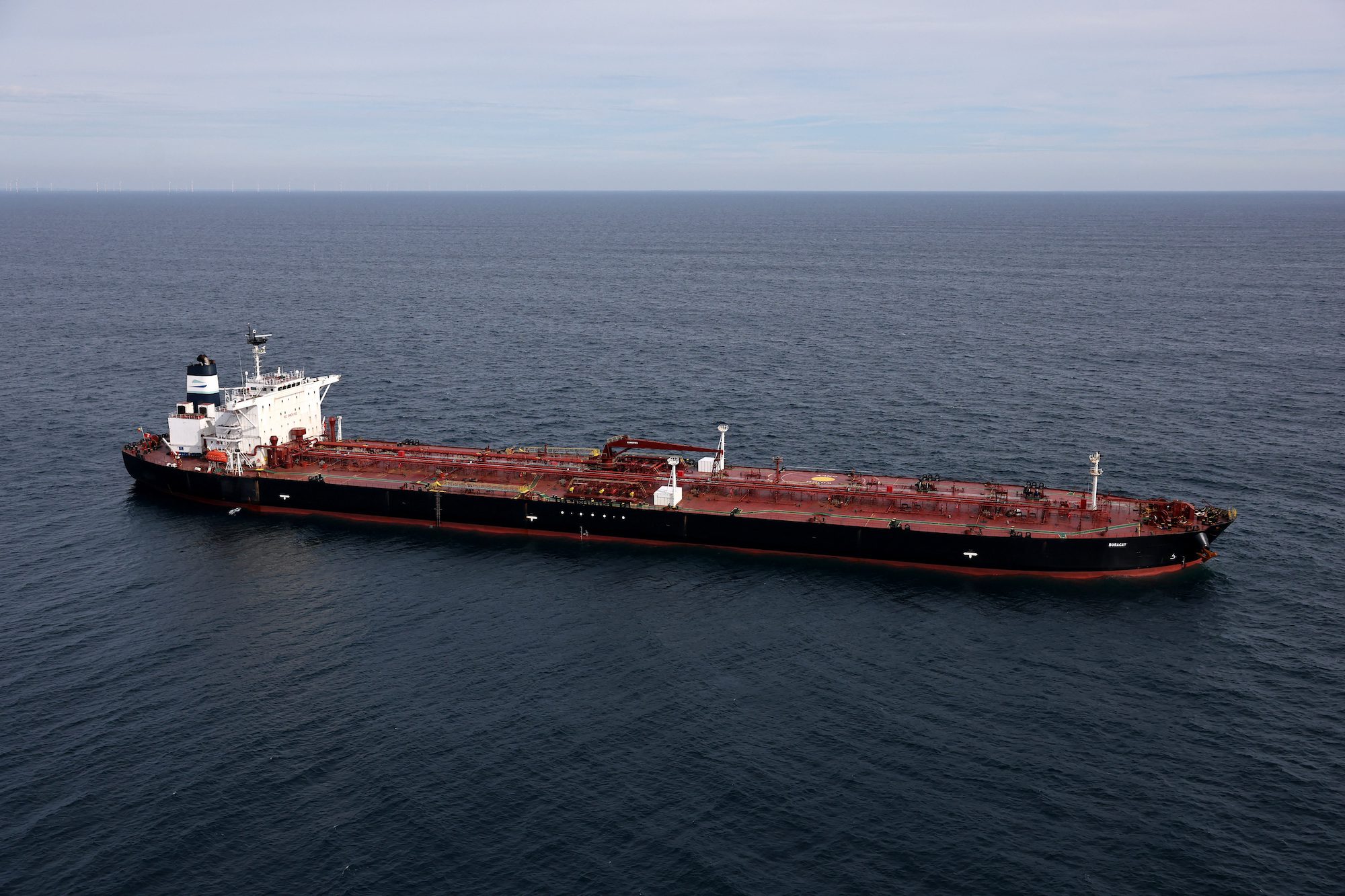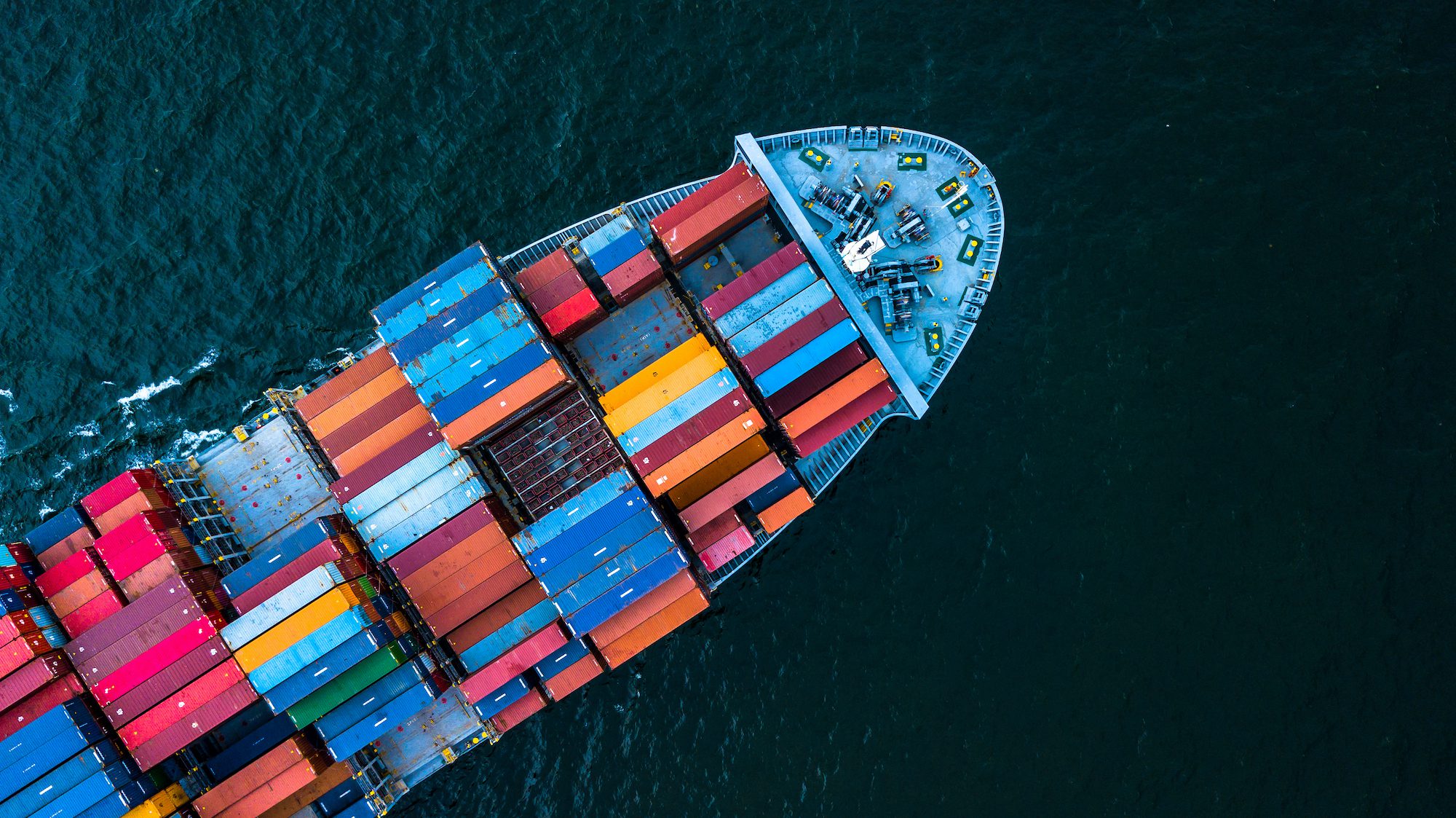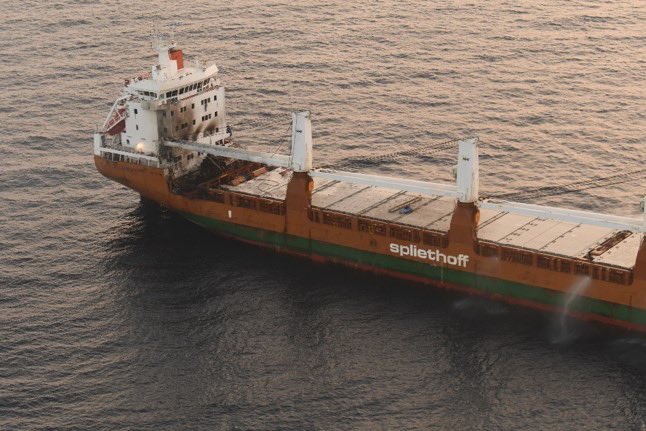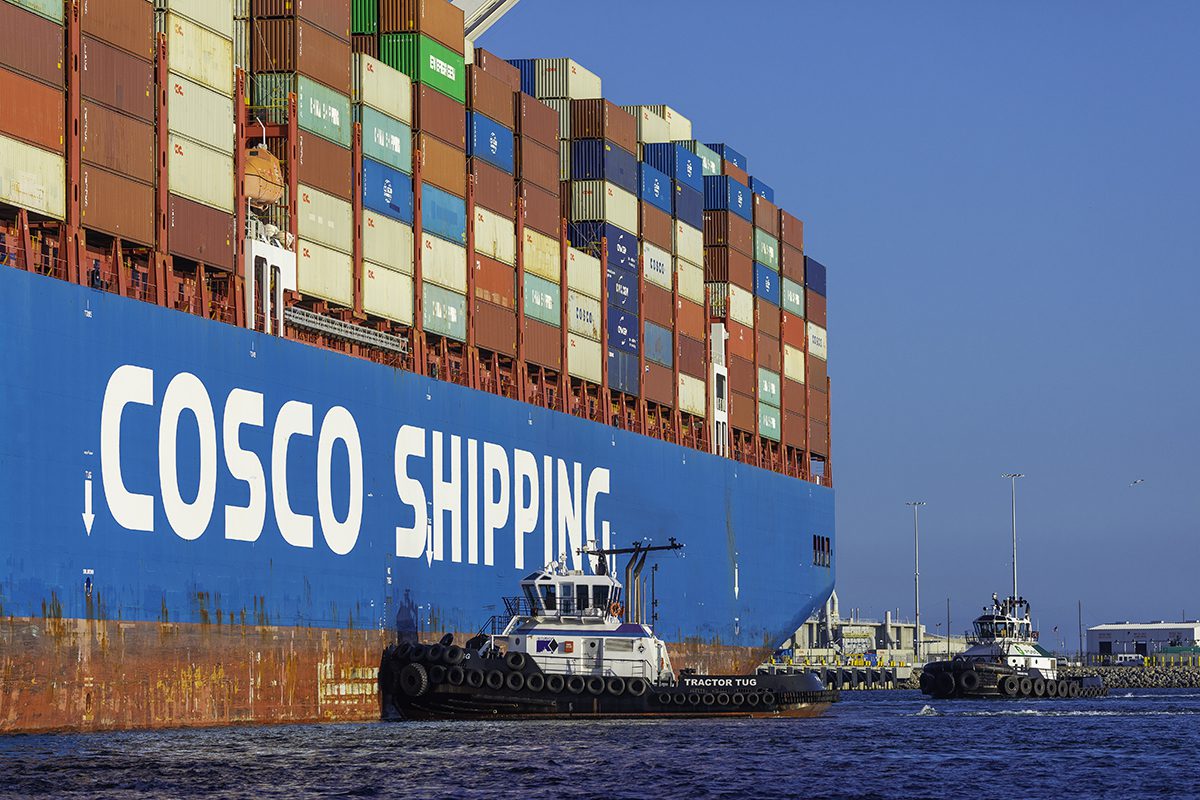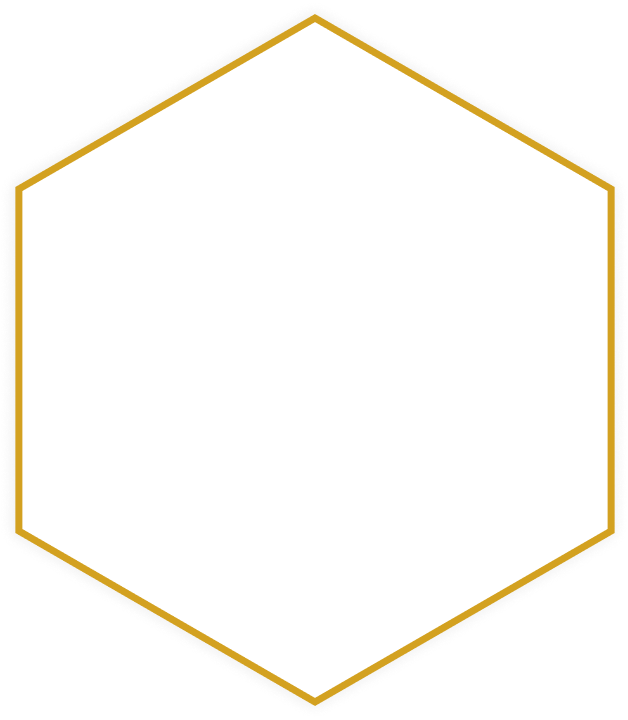The Danish government has announced strengthened environmental oversight of tankers at Skagen Anchorage, a critical hub for Baltic Sea shipping traffic that serves as the gateway to and from the Baltic Sea.
The enhanced supervision comes in response to increased activity by so-called “shadow fleet” vessels transporting sanctioned oil through Danish waters, which authorities say pose heightened risks to the marine environment.
“We know that there is significant traffic consisting of older ships sailing through Danish waters, and they pose a particular risk to our marine environment. Therefore, we are now tightening control of fundamental environmental regulations so we can act more effectively and consistently against tankers and the Russian shadow fleet,” said Environment Minister Magnus Heunicke.
Russia’s “shadow fleet” is estimated to contain some 600 to 1,000 ships.
Business Minister Morten Bødskov framed the initiative in both environmental and security terms: “We need to stop Putin’s war machine. This includes the Russian shadow fleet. We are using all tools at our disposal. We know from our security checks at Skagen Anchorage that among these ships are old and worn vessels sailing around. Therefore, our authorities are now intensifying controls to protect Denmark and Danish waters.”
The strengthened measures will be implemented by the Danish Maritime Authority in collaboration with the Environmental Protection Agency. Inspectors will ensure vessels comply with regulations on waste management, ship recycling certificates, ballast water management, scrubber water discharge, and fuel requirements.
The Danish government has allocated funds in the 2026 finance act for the Maritime Authority to conduct these inspections, with environmental ship inspectors joining port state control teams to board anchored vessels.
Additionally, authorities will deploy “sniffer” technology on the Great Belt Bridge until year’s end to measure sulfur content in ship fuels and monitor compliance with sulfur limit values.
The initiatives come amid rising tensions in the Baltic region. Danish defense intelligence recently reported that Russian warships have repeatedly sailed on collision courses with Danish vessels, aimed weapons at Danish helicopters and naval vessels, and disrupted navigation systems in Denmark’s strategic straits.
With the adoption of the EU’s 18th sanctions package in July, there are now 444 sanctioned ships in the EU. Information collected through Denmark’s enhanced environmental inspections may support international cooperation on measures against the shadow fleet, including efforts to sanction specific vessels.

 Join The Club
Join The Club



